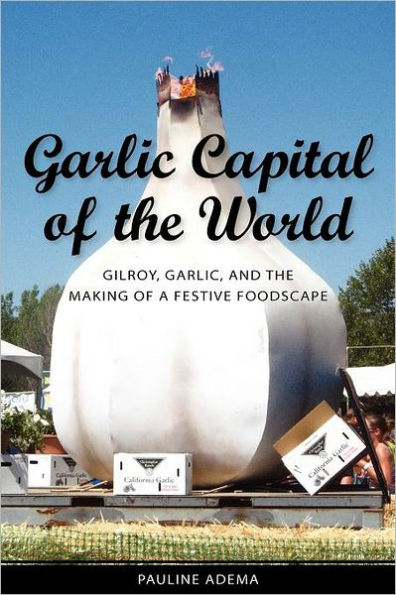5
1
9781604731217



Garlic Capital of the World: Gilroy, Garlic, and the Making of a Festive Foodscape available in Paperback, eBook

Garlic Capital of the World: Gilroy, Garlic, and the Making of a Festive Foodscape
- ISBN-10:
- 1604731214
- ISBN-13:
- 9781604731217
- Pub. Date:
- 01/05/2009
- Publisher:
- University Press of Mississippi
- ISBN-10:
- 1604731214
- ISBN-13:
- 9781604731217
- Pub. Date:
- 01/05/2009
- Publisher:
- University Press of Mississippi

Garlic Capital of the World: Gilroy, Garlic, and the Making of a Festive Foodscape
$35.0
35.0
In Stock

Product Details
| ISBN-13: | 9781604731217 |
|---|---|
| Publisher: | University Press of Mississippi |
| Publication date: | 01/05/2009 |
| Edition description: | New Edition |
| Pages: | 212 |
| Product dimensions: | 5.90(w) x 8.90(h) x 0.70(d) |
About the Author
From the B&N Reads Blog
